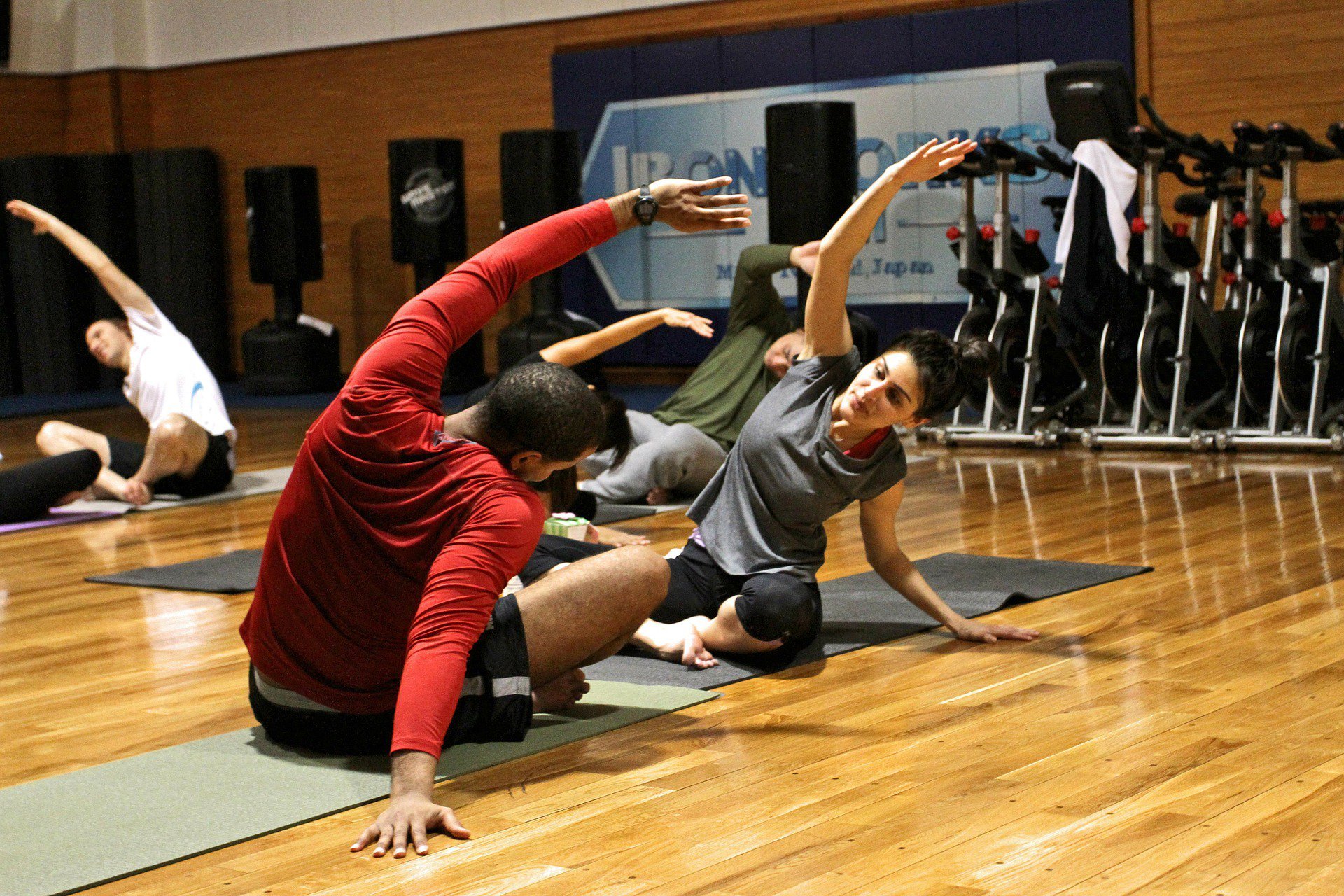There is a common misconception that, in order to boost membership sales, you must spend an absorbent amount of money on marketing, but this is simply not the case. Word of mouth is STILL the most valuable tool for a health club and especially for those that are just starting out and don’t have a lot of room in their budget for paid advertising. Referrals are a great, cheap way to boost sales. Satisfied customers will recommend your services to their friends, family, and acquaintances, and these recommendations can be worth their weight in gold.
Set the Tone. Engagement is key. Start as soon as a prospective member walks through the door. You need them to like you and trust you as a valid resource of fitness information. The best way to build trust is to be relatable. Don’t barrage them with sales pitches from the get-go. Instead, have a real conversation. Ask them what they are looking for and what their personal goals are. If they don’t have any at this point, help them create of realistic, reachable ones and then explain in detail how you can help to achieve them. Come from a place of helping and assistance. Even if you don’t make the sale immediately, once you’ve established a connection and trust, you can ask them for others who may be interested as well.
Accept Constructive Criticism and Offer Incentives: Unless you’re a mind reader, you may not always be able to tell if a customer likes the way you do certain things at your facility. You don’t have to take every complaint or suggestion to heart, but the willingness to accept suggestions and requests for changes is a much-appreciated quality in ANY business. Accepting constructive criticism is just good customer service, plain and simple. It allows customers to see that their needs are of the utmost importance.
You can also offer incentives for referrals. Again, don’t overwhelm them with a big salesy pitch, but make it worth their while. For example, perhaps offer a free class to those who bring in at least 5 referrals in 3 months, or offer a month free of dues for those that get up to 10. You should fine-tune your referral policy and make the rewards clear on your website as well as any social media platforms you manage.
Give them Results. So this new member has joined your gym. Great! But now you need to give them incentives to stay. You’ve won them over with your engaging, charming and relatable personality, but now they need to see some results. You’ve discussed their goals and explained how you can help them reach them, but you can’t just tell them, you have to SHOW them. When you show you care about them as individuals and not just as a means to reach your bottom line, you will gain a loyal member and an unlimited supply of referrals. Now you are the local fitness guru and you have built a member base of word-of-mouth advertising.









